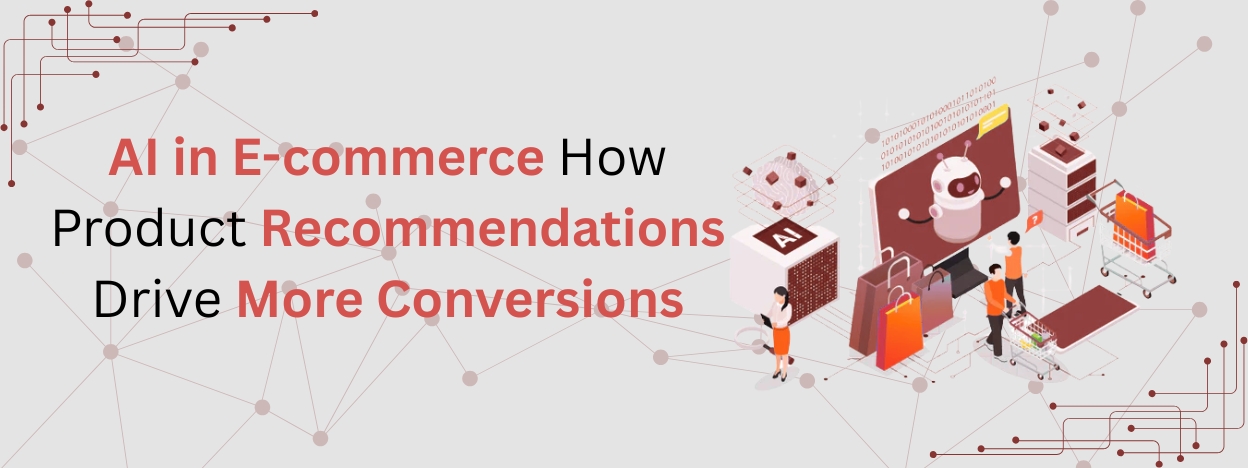As the Best Web Development Company in Pune, Appristine understands the importance of maintaining a secure WordPress website. WordPress is the most popular content management system (CMS) in the world, powering over 40% of all websites. However, its widespread use also makes it a prime target for cyber threats. To protect your website from potential attacks, it's crucial to implement robust security practices. In this blog, we'll explore essential WordPress security best practices to safeguard your website against cyber threats.
The Popularity of WordPress and Its Vulnerability to Cyber Threats
WordPress's popularity is due to its ease of use, flexibility, and extensive plugin ecosystem. However, these same features can expose websites to various security vulnerabilities if not properly managed. Cybercriminals often target outdated WordPress installations, insecure plugins, and weak passwords to gain unauthorized access. As the
Top Web Design and Development Company in Pune, we emphasize the need for continuous vigilance and proactive security measures.
Keep WordPress Core, Themes, and Plugins Updated
The Significance of Regular Updates: Regular updates are crucial for maintaining the security of your WordPress website. Developers frequently release updates to address security vulnerabilities, enhance performance, and add new features.
How Updates Patch Security Vulnerabilities: Outdated core files, themes, and plugins are common entry points for attackers. By keeping everything updated, you ensure that known vulnerabilities are patched, reducing the risk of exploitation.
Use Strong and Unique Passwords
The Role of Passwords in Website Security: Passwords are the first line of defense against unauthorized access. Weak or reused passwords can be easily cracked by attackers using brute force techniques.
Tips for Creating Strong and Unique Passwords:
- Use a combination of upper and lower-case letters, numbers, and special characters.
- Avoid using common words or phrases.
- Consider using a password manager to generate and store unique passwords.
Implement Two-Factor Authentication (2FA)
Understanding Two-Factor Authentication: Two-Factor Authentication (2FA) adds an extra layer of security by requiring a second form of verification in addition to your password.
How 2FA Adds an Extra Layer of Security: Even if an attacker manages to obtain your password, they would still need the second factor (e.g., a code sent to your mobile device) to gain access to your account.
Limit Login Attempts
What Are Brute Force Attacks?: Brute force attacks involve trying multiple username and password combinations until the correct one is found. This method can be automated using bots.
Implementing Login Attempt Limitations to Deter Attackers: Limit login attempts to reduce the risk of successful brute force attacks. Plugins like Limit Login Attempts Reloaded can help you set up this feature.
Change Default Login URL
The Risk of Using the Default Login URL: The default login URL (e.g., wp-login.php) is well-known, making it an easy target for attackers.
How to Change the Login URL to Enhance Security: Changing the login URL can deter automated attacks. Use plugins like WPS Hide Login to easily change your login URL.
Set Correct File Permissions
The Importance of Proper File Permissions: Incorrect file permissions can expose sensitive files to unauthorized users, leading to data breaches or website defacement.
How to Set Appropriate Permissions for Files and Directories: Set file permissions to 644 and directory permissions to 755. This ensures that only authorized users can modify these files and directories.
Use SSL Encryption (HTTPS)
Understanding SSL Encryption and Its Benefits: SSL encryption ensures that data transmitted between your website and users is secure. It prevents attackers from intercepting sensitive information.
How to Enable HTTPS on Your WordPress Website: Obtain an SSL certificate from your hosting provider and install it on your server. Update your WordPress settings to use HTTPS.
Regular Backups
The Significance of Regular Website Backups: Regular backups are essential for recovering your website in case of a security breach or data loss.
How to Perform and Store Backups Securely: Use backup plugins like UpdraftPlus to schedule regular backups. Store backups in a secure location, such as an external hard drive or a cloud storage service.
Install Security Plugins
An Overview of Popular WordPress Security Plugins: Security plugins can provide comprehensive protection by offering features like malware scanning, firewall protection, and brute force attack prevention.
The Features and Benefits of Using Security Plugins: Popular security plugins include Wordfence, Sucuri, and iThemes Security. These plugins offer various features to enhance your website's security posture.
Disable Directory Listing
Understanding Directory Listing and Its Potential Risks: Directory listing can expose the contents of your website's directories to attackers, revealing sensitive information and potentially exploitable files.
How to Disable Directory Listing to Improve Security: Add the following line to your website's .htaccess file to disable directory listing:
“Options –Indexes”
How Appristine Safeguards Your Website Against Cyber Threats
At Appristine, the Best Web Development Company in Pune, we prioritize the security of our clients' websites. Our team of experts employs these best practices and more to ensure your WordPress site remains secure against cyber threats. From regular updates and strong password policies to advanced security plugins and SSL encryption, we cover all aspects of website security.
Conclusion
Safeguarding your WordPress website against cyber threats requires a proactive and comprehensive approach. By keeping your core files, themes, and plugins updated, using strong passwords, implementing 2FA, and following the other best practices outlined above, you can significantly reduce the risk of security breaches. At Appristine, the Top Web Design and Development Company in Pune, we are dedicated to providing secure and robust web development solutions. Protect your website and ensure its longevity by following these essential security practices.











